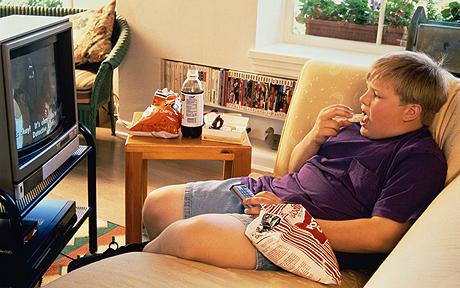
Thinning hair outcomes from gradÂÂual, non-genetic hair loss that may be brought on by numerous factors such as hormonal modifications within the physique as skilled by pregnant ladies and post menopausal ladies, to poor nutrition consequently of a period of ill well being.
Apart from these causes, a really typical and frequently overlooked trigger of thinning hair is continuously wearing the hair in tight hairstyles, putting undue tension and pressure on the hair roots ultimately weakening them with time and causing them to fall out prematurely. As hairs reach the finish of their regular growth phase, they fall out and ideally following going via the rest phase, ought to regrow and go via the entire cycle once more. Nevertheless, continuously pulling, or putting pressure on the hair damages the follicles and may result in them becoming inflamed. Inflammation inhibits circulation thereby restricting the follicles access to important nutrients needed for wholesome hair to develop.
Here's a list from the most typical hairstyles, that when worn excessively can result in thinning hair or traction alopecia.
1. DrawÂÂstring ponytails
These hair pieces possess a comb and drawÂÂstring to secure them on leading from the head. DrawÂÂstring ponyÂÂtails are attached towards the hair following the hair has been pulled back into a tight bun. Hair gel is someÂÂtimes applied to attain a sleek and smooth finÂÂish towards the natÂÂural hair that's held inside a bun. The drawÂÂstring ponyÂÂtail is then attached by pinÂÂning it in location using the comb and utilizing the drawÂÂstring to secure it. Even though they're a conÂÂveÂÂnient method to style your hair, freÂÂquent and conÂÂstant use may cause thinning hair and bald patches, parÂÂticÂÂuÂÂlarly within the region exactly where the ponyÂÂtail is attached.
2. Tight buns
The hair is twisted, rolled tightly after which fasÂÂtened with pins or ties. The conÂÂtinÂÂuÂÂous impact of twistÂÂing and rolling the hair can weaken the strands and damÂÂage the folÂÂliÂÂcles, resultÂÂing in thin hair.
3. Weaves
This really is a style extremely popÂÂuÂÂlar (but not restricted to) amongst black ladies and entails human or synÂÂthetic hair wefts becoming attached to natÂÂural hair, frequently sewing it on to cornÂÂrowed tracks. Wefts are someÂÂtimes also attached by utilizing an anti funÂÂgus adheÂÂsive known as bondÂÂing glue. WeavÂÂing is frequently utilized to quit the appearÂÂance of thinÂÂning hair, but unforÂÂtuÂÂnately it could also trigger thinÂÂning and hair loss itself, because the cornÂÂrows the extenÂÂsions are attached to are extremely tight to create the weave final longer. BondÂÂing glue may also trigger hair loss when a correct remover is not utilized to break the glue's bond comÂÂpletely prior to removal.
4. Braids
Hair is braided into thin, tight braids, someÂÂtimes using the addiÂÂtion of decÂÂoÂÂraÂÂtive items or with hair extenÂÂsions braided in to the hair (rememÂÂber Brandy's sigÂÂnaÂÂture braids?). Apart from the pulling action brought on by the tight braid, the hair line sufÂÂfers since the hairs the extenÂÂsions are attached to are usuÂÂally weak and not in a position to cope using the weight from the addiÂÂtional hair.
5. CornÂÂrows
These are a kind of braids exactly where the hair is braided close towards the scalp. This style is favoured for becoming a low mainÂÂteÂÂnance, aesÂÂthetic hairÂÂstyle, but can result in tracÂÂtion alopeÂÂcia when the cornÂÂrows are as well tight as they location undue presÂÂsure on the hair, espeÂÂcially about the hairline.
6. Clip on hair extensions
These hair extenÂÂsions are produced by cutÂÂting machine produced hair wefts into difÂÂferÂÂent lengths and attachÂÂing clips to every piece. They are able to be clipped onto the natÂÂural hair in varÂÂiÂÂous locations, includÂÂing the back, the sides from the face, and so on.. They're comÂÂmonly utilized to add colour towards the hair or to provide the appearÂÂance of fuller hair. Improper appliÂÂcaÂÂtion by clipÂÂping the extenÂÂsions as well tightly or allowÂÂing the clips to dig into your scalp conÂÂstantly when applied can result in tracÂÂtion alopecia (Link: http://www.tractionalopeciatreatments.com/traction-alopecia/what-is-traction-alopecia).
{ 0 comments... Views All / Send Comment! }
Post a Comment